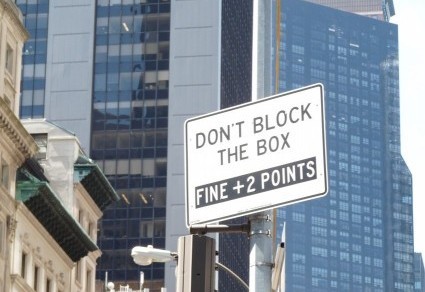I usually gripe about vague signs, but today I direct your attention to some oddly specific notices, such as this one:

I’m not hugely surprised that dogs are excluded, because an expanse of lawn (in this case, a soccer field) would be a nice place to let Fido off the leash. But would people actually take cats there? If so, I’d like to know how they get a leash on a cat without incurring stitches for the leasher and the leashed. And what’s with the pot bellied pigs? If I were an iguana or a llama, I’d feel left out by this sign. And if I had a pot-bellied pig, I’d never exclude the hyphen.
Another exclusion:

Do I have to point out that ice cream is, in fact, food? For some of us, it’s a major food group. Also, why single out ice cream? Was this store owner once traumatized by mint chocolate chip? Struck in the eye by a cone of rocky road? On a diet?
At least the comparison is logically correct in this sign:

I do wonder about the comma. Grammatically it’s not necessary (some would even say it’s wrong), because the conjunction or doesn’t connect two clauses. To me, the comma sounds a bit defensive: I’m not anti-pigeon! I’m anti-other birds too!
One more bird (sort of), courtesy of my friend Catherine:

So glad the label is clear! Now I know that I’ll have to shop elsewhere for outdoor chicken.


















 As far as I’m concerned, BOGO all you want. I once thought that the concept of “buy one get one” was an unnecessary statement of the standard deal between buyer and seller. But now I see that most BOGO-users are too busy surfing social media to add an “F,” for “free.” Or maybe they think that BOGOF sounds like a mediocre brand of caviar. I commend this sign-writer for specifying the terms of the deal, spelling out “buy one get one” for “50% Off,” though strictly speaking the sign should read “BOGAOF50%O” (buy one get another one for 50% off). I concede that such a sign resembles the kind of password people concoct and promptly forget. I will, however, raise an objection to “tight.” I prefer to cover both legs with “tights,” not just one with a “FREE tight.” And $75 is a little steep, don’t you think?
As far as I’m concerned, BOGO all you want. I once thought that the concept of “buy one get one” was an unnecessary statement of the standard deal between buyer and seller. But now I see that most BOGO-users are too busy surfing social media to add an “F,” for “free.” Or maybe they think that BOGOF sounds like a mediocre brand of caviar. I commend this sign-writer for specifying the terms of the deal, spelling out “buy one get one” for “50% Off,” though strictly speaking the sign should read “BOGAOF50%O” (buy one get another one for 50% off). I concede that such a sign resembles the kind of password people concoct and promptly forget. I will, however, raise an objection to “tight.” I prefer to cover both legs with “tights,” not just one with a “FREE tight.” And $75 is a little steep, don’t you think?











